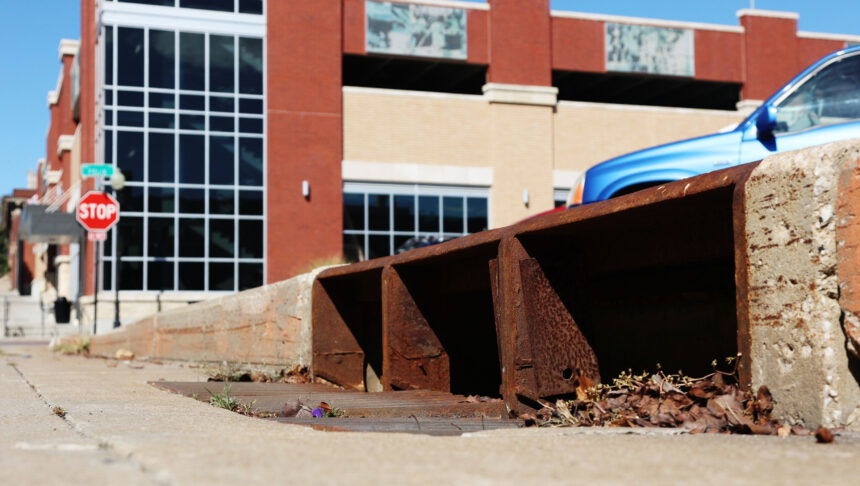Meeting to discuss plan, costs for long-term water protection upgrades

By Cameron Montemayor
Water protection officials are closing in on the development of the next phase of a long-range plan to put St. Joseph in federal compliance with its wastewater and stormwater management programs, a future with upwards of $200 million in sewer-related projects over the next decade-plus.
The city is preparing to unveil and discuss the project, called the Water Quality Integrated Plan, at a public meeting at 5 p.m. Wednesday, Oct. 2, at the Remington Nature Center. Officials are targeting December for completion of the long-range plan, which also identifies additional investments to upgrade aging infrastructure and equipment.
St. Joseph’s Water Protection division is asking residents to complete a survey to get additional feedback on the program and the effectiveness of the city’s storm and wastewater infrastructure before taking the next steps.
“We want to hear what people’s concerns are so we can make sure we try to address those as part of the plan because ultimately the sewer system is owned by the community,” said Edward Leaverton, St. Joseph superintendent of water protection. “Due to this agreement with the EPA and DNR that we were required to enter into, it’s had a big impact on sewer rates to this point.”
Since 2000, the city has had to increase sewer rates by more than 400% to pay for various mandated improvements.
In November 2009, the Missouri Department of Natural Resources approved the city’s revised Combined Sewer Overflow Long Term Control Plan to reduce combined sewer overflows and its impact on water quality in the Missouri River.
“That’s when sewage and rainwater mixed and that amount of flow can all be treated at the plant. But some of that can overflow directly into the river,” he said.
The plan outlined $464 million in collection system, wastewater treatment, and stormwater system improvements the city would implement during a 20- to 30-year timeframe.
The city already has invested $300 million to improve the system, but after 10 years and significant increases in project costs, it entered into an abatement order on consent with DNR in 2019 to reduce the impact of compliance costs on the city and residents.
The city has since worked over the last year to identify infrastructure challenges and develop strategies to upgrade its system and minimize the impact of the compliance order with cost-effective improvements over a two-decade period, which Leaverton said will be a central part of Wednesday’s discussion.
“Affordability used to be looked at with the medium household income and what the median household can afford within a community,” Leaverton said. “One thing that we’re doing now that regulators are open to is also evaluating if you have low-income families in that community, what can they afford?”
Wastewater and stormwater system improvements are critical to keep drinking water sources free of sewage and contamination and reduce the discharge of untreated wastewater in natural bodies of water.
Phase one of the plan included the $48 million Blacksnake Creek Stormwater Separation Improvement project. The seven-year endeavor required a 300-foot-long machine to bore and create a pipe to carry water from Blacksnake Creek to the Missouri River to prevent fresh water from getting into the city’s treatment plant. A majority of that project was paid for with bond proceeds.
“The updates to Corby Pond were also part of the projects that have already been done … that’s also like a storm retention basin,” he said. “I’m very proud of the work that my water protection staff completed there.”
The long-range plan is structured so it can be re-evaluated every five years if new technology or discoveries are made that could reduce costs.
Major phase two infrastructure improvements include upgrading the aging Whitehead Pump Station on the Stockyards Expressway and building high-rate treatment at the wastewater treatment facility.
“What that’ll do is it’ll take all that excess flow during the rain and run it through a streamlined, lower level of treatment so that it can be treated and to a level that’s allowed to be released into the river by the DNR,” Leaverton said.
More information on the plan and Wednesday’s meeting can be found at www.stjoemo.org/1075/Water-Quality-Integrated-Plan.



